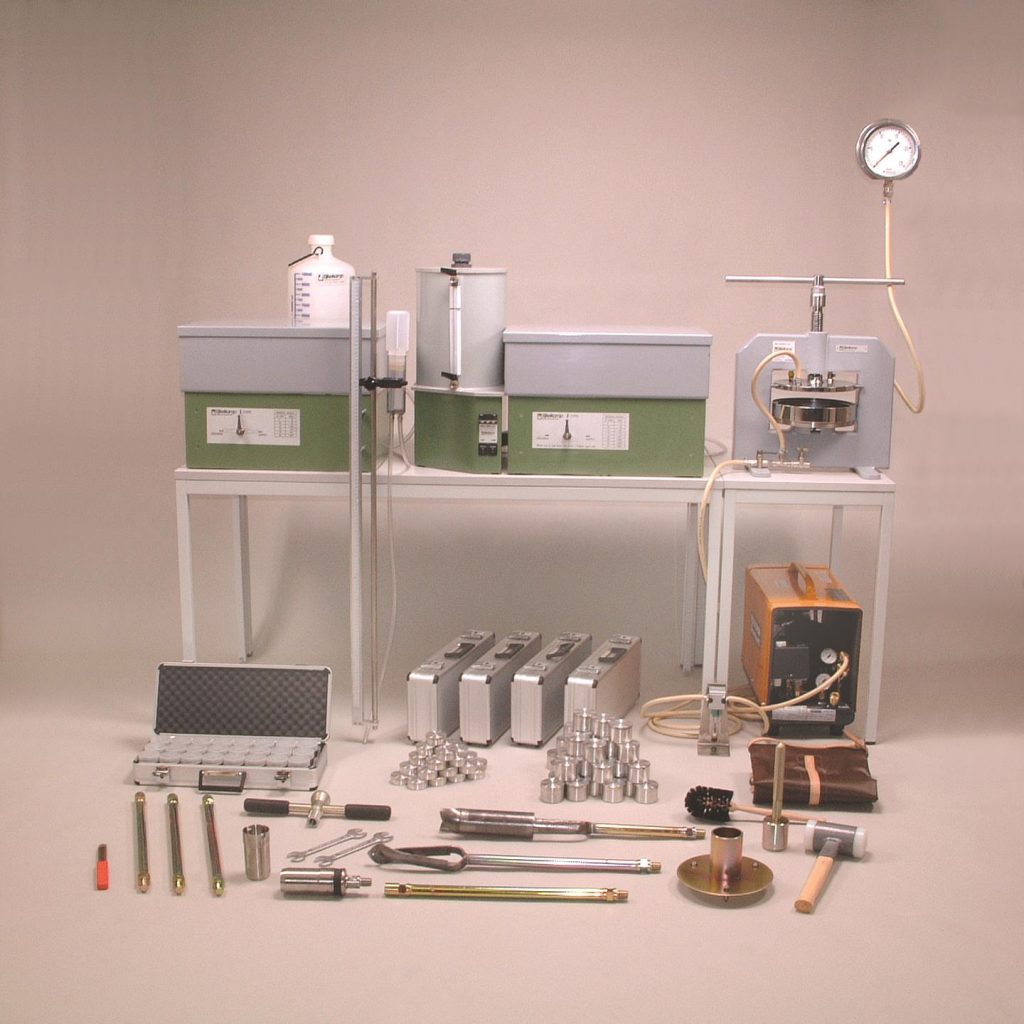

Soil Analysis in the Laboratory

July 8, 2013
Soil Characterisation refers to the analysis of your soil sample in the laboratory and depends on the type of research you are undertaking. An important consideration is how you take samples for the different types of analysis you may be doing. For example if you are measuring the volumetric soil moisture content of a soil and you haven’t used a TDR system to establish the results you will need an undisturbed sample.
To determining the porosity of a soil, or the permeability for water or air an undisturbed sample is required however to determine the weight or Lutul content or to sieve or analyse the soil structure, a disturbed sample is adequate.
If, on the other-hand, you need to establish the pF of a soil, that is the logarithmic expression of the force with which a soil holds water where the pF may vary between 0 and higher than 4.2 to establish irrigation requirements or to determine the agronomic qualities (price) of a plot of land (Imagine a farmer that wants to sell land and their soil with a pF curve that facilitates plant growth and has good drainage and tilling properties is more valuable than a soil where plants suffer easily from drought or has difficult drainage or irrigation) then a pF curve determination using a Sandbox is a valuable and objective way to determine that price together of course with soil profile characteristics, soil chemistry, slope, permeability, susceptibility for erosion and so on.
If you are looking to establish the pF of a soil, an alternative piece of equipment is a pF plate but to get the pF curve only a sand box will give you very low pF values in up to 1.0 meter of water suction = pF 2.0), the kaolin box for somewhat higher values (up to 5 meters of water suction or pF 2.7). Above that, nature does not allow suction to be used as the force to drive out the water from the pores (the rings are weighed after having increased the suction to see the loss in water). With the pF plates pressure must be used. This only can be done with disturbed soil which you press in very low rings. These rings are placed on a porous water saturated ceramic plate. With overpressure (going up to 16 bars) the system will try to press the water out of the sample. The ceramic plate is fitted with a drain tube and the drained water is collected and measured. All the equipment together will result in a pF curve ranging from saturation to wilting point. Keeping out the pressure plates will result in a pF curve of which the drier section is missing. Keeping out the sand and kaolin boxes will result in pF curves of which the wetter part is missing which is, especially for sandy soils essential.
The next question to ask is how many samples are required in order to get the most accurate results? This answer depends on the variability of your soil and the accuracy with which you want to do the final measurements. Most researchers say: one measurement is NO measurement. Three samples measured can already be of value but is still tricky and 16 on a hectare should normally be sufficient! There are sampling standards you can refer to for this.
The equipment you need to take the samples will also vary from Percussion Drilling Sets for undisturbed samples to augers, gouges or coring tubes for disturbed soil samples.
If you need to know more about soil analysis in the laboratory visit https://www.vanwalt.com/lab_equipment-groundwater-soil-sampling-auger.htm#SandBox to see our range of specialist equipment.
You might also be interested in...
Van Walt Guidelines for sampling for PFAS in Groundwater
November 13, 2024We need to make clear, that at the time of writing, there are no ISO or EN standards which deal with the sampling of groundwater for PFAS.
Read MoreSpot measurement v. continuous environmental monitoring
August 25, 2023Environmental monitoring has developed considerably over the years. From the time when a consultant went out monthly or quarterly with a dip tape to monitor the groundwater level in a borehole, wind forward...
Read MoreMeasuring Nitrates (NO3, NO3-N) in the field
June 20, 2023The interest in Nitrates is nothing new. One way or another we have been measuring them for half a century.
Read MoreVan Walt Environmental Equipment
A small selection of our environmental equipment